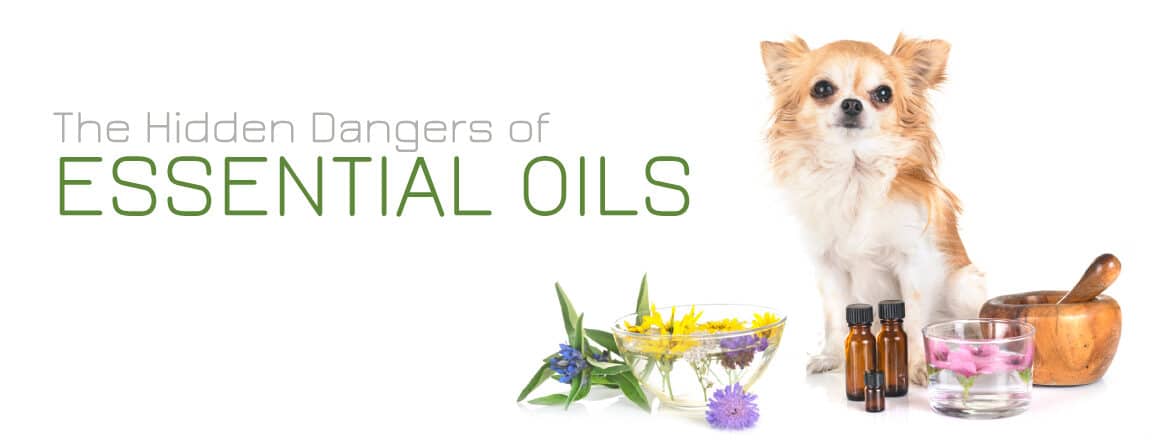You’re getting your very first pet, and it’s beneficial to both you and your new pet to keep some key points in mind as your puppy or kitten grows. Read on to find out more about the different life stages... read more
Is Your Pet Protected from Heartworms?
Did you know more than one million pets in the U.S. have heartworm disease? To shed some light on this serious, potentially fatal disease, we have put together some basic data to keep you informed. Let’s take a look at who transmits... read more
The Hidden Dangers of Essential Oils
If you don’t have your own diffuser and essential oil set, chances are you know someone who does. You may have personally experienced or overheard someone talking about their lemongrass scented kitchen, relaxed lavender dreams, or their cold that was... read more
Is Blood Work Really Necessary?
Pets communicate their health through their behavior and their appearance, and as their pet parent you play an important part in keeping them happy and healthy. Regular wellness exams, at least once a year, that include blood work are the... read more
Pet Care 101: Why and When to Spay or Neuter Your Puppy or Kitten
The topic of pet spay/neuter procedures continually creates buzz. What are the benefits of spaying or neutering your pet? When is the optimal age to spay/neuter? Is the procedure the right choice for my pet? There are numerous... read more







